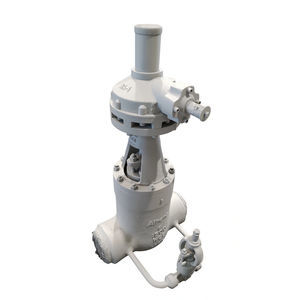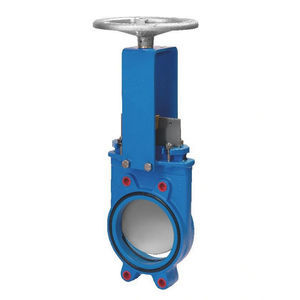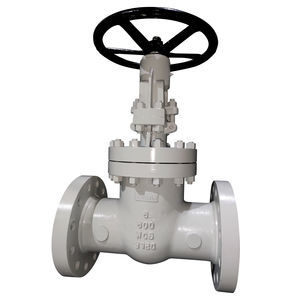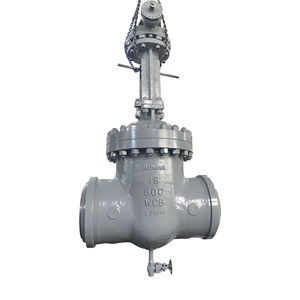
- Hydraulics - Pneumatics
- Valve
- Gate valve
- Athena Engineering S.r.l.
Through-conduit valve GAV-SLBgatewith handwheelpneumatic
Add to favorites
Compare this product
Characteristics
- Type
- gate
- Operation
- with handwheel, pneumatic
- Function
- flow control, shut-off, regulating
- Media
- for water, for oil, for chemical products, for fuel, for gas, for steam
- Body$
- flange, weld
- Applications
- for heating, for industrial applications, refinery, for the chemical industry, for process applications, for pipelines, for liquids, for the petroleum industry, for boiler, for the paper industry, cryogenic, for the mining industry, power line, for gas turbines
- Material$
- steel, alloy, stainless steel, carbon steel
- Number of channels
- 2-way
- Fluid specification
- for aggressive media, for corrosive fluids, for abrasive fluids, for flammable fluids, for hazardous fluids, for low-viscosity fluids, for toxic fluids
- Associated function
- transfer, feed
- Other characteristics
- ISO, standard, high-pressure, full-flow, bidirectional, high-temperature, emergency, through-conduit, ATEX
- DN
Min.: 50 mm
(1.969 in)Max.: 1,500 mm
(59.055 in)- Pressure
Min.: 16 bar
(232.1 psi)Max.: 420 bar
(6,091.6 psi)- Temperature
Min.: 0 °C
(32 °F)Max.: 200 °C
(392 °F)
Description
- Designs utilize flanged and butt-weld end connections.
- The full port bi-Directional flow capability minimizes pressure drop and turbulence.
- Isolating valves designed for full closing of the working media flow.
- Used for regulating or throttling purposes.
- Offers many features and options beneficial for oil, gas, and liquid applications.
- Tested in accordance with API 6D&api 600.
Athena through conduit gate valve manufacturer from genuine guaranteed raw material with material test certificates, hydraulic test certificates, MTC 3.1available with all supply. Also, we can provide valves with third party inspection agencies.
Catalogs
Exhibitions
Meet this supplier at the following exhibition(s):

Related Searches
*Prices are pre-tax. They exclude delivery charges and customs duties and do not include additional charges for installation or activation options. Prices are indicative only and may vary by country, with changes to the cost of raw materials and exchange rates.














